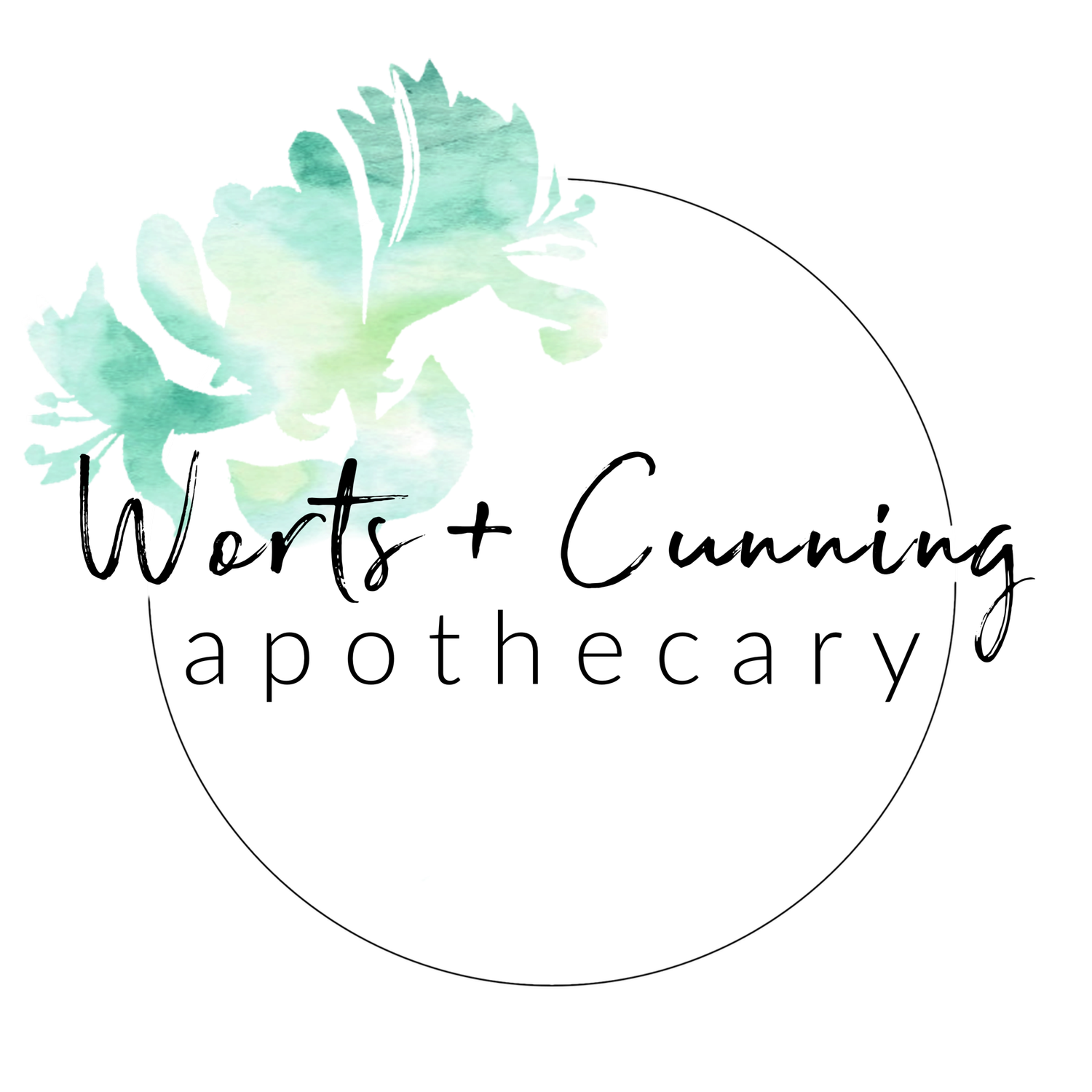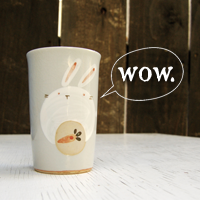
One of the most common emails I get (besides “Who are you and where do you come up with the names behind your products?! Zombie bait, what?!”) are ones that ask me about my path of becoming an herbologist and how to start working with herbs. I wrote about 10 ways to start your herbal studies, but I wanted to focus more in-depth on a subject central to the craft of the herbologist – cultivating our relationship with the plant medicine.
As I suggested in the previous post about herbal studies, I recommend starting with one herb. You do not have to work exclusively with only one herb, but choose to work with one herb consistently for an entire year. You should, though, spend at least some time working only with that herb in order to understand its full complexity. You may choose to work with an herb that you already feel a resonance with or something that you spot growing down the street from you. You may dream of an herb, study a plant that has a long history of significant use within your culture or choose an herb that may have a beneficial impact on a particular health imbalance. The importance of working with one herb regularly for an extended length of time is manifold:
- Many herbs are best able to impart their healing qualities over the long term when used consistently in small doses.
- Just as it takes time to build meaningful relationships with humyns, so too does it take time to build honest relationships with plants.
- If you are able to grow or find the herb in the wild, observing its physical journey through the year provides us with many lessons about its medicinal uses and magickal gifts.
- Finally, commitment is an excellent skill to be practiced by the herbologist.
In my own practice, both personal and professional, I work with a handful of herbs at a time, and while I enjoy a complex tea blend or a raw cacao concoction with multiple herbs dancing in wild harmony, when I am learning about a plant or dealing with a chronic health imbalance, I generally stick to one or two herbs. We are in the midst of an herb revival within North America, as well as many other parts of the western world, and that means that there is an abundance of information and access to a wide array of plant medicine. I tend to think that we will learn more about ourselves and the plant medicine we are interacting with if we treat our practice with the rhythm of a slow, regular tea time conversation as opposed to a social media aggregate of endless stream of herbs shuffling through our lives at a rapid pace.[1]

It is pleasurable and useful to recognize the affects of individual plant medicines on our mind, body, and spirit. Working with one or two herbs at a time allows for greater clarity and distinction between the subtleties of difference between herbs with similar healing qualities. Moving steadily in our relationship with plant medicines, we begin to build our knowledge of the energetic signatures of herbs along with their physical qualities. These energetic signatures combined with their physical qualities is one reason why one herb will be so successful for Person A, but seem to have little affect for Person B in a similar situation. Valerian (Valeriana officinalis), Skullcap (Scutellaria lateriflora), and Tulsi (Ocimum sanctum) are all remedies for migraines, for example, but each have unique energy signatures that affect our physical, emotional, and mental systems differently.
As you begin working with a chosen plant medicine (whether you chose them or they chose you), I offer the following considerations for your journey together, based on the idea of recognition, engagement, and kinship.
Recognition
- Recognize your needs.
- What our your needs, wants, and desires in your relationship with the plant medicine?
- Are you seeking a cure or kinship?
- Recognize the plant’s needs.
- What are the needs, wants, and desires of the plant both within and apart from the relationship you are seeking from it?
- If you are growing the herb, what are its growing needs? How is it sustainably harvested and/or wildcrafted?
- Create a supportive environment for the plant to express itself to you.
- Be able to identify the physical and energetic characteristics of the plant as it grows, how it tastes, smells, and feels.
Engagement
- We must be accountable to our interdependence with the plant world and how we engage plant medicine is a reflection of our understanding of our interdependence.
- Maintain a willingness to experience the world from the plant’s perspective. In turn we are better able to empathize with those we serve as herbologists and healers.
- Engage with your plant ally every day, every night, whether greeting them in your garden, meditating with them, using them as internal or external medicine, and/or some other practice.
- Learn about the historical, mythological, and modern uses of the plant medicine.
- Sing sacred songs, draw, write poetry, dance, and engage in pleasurable experiences with your plant.
- How do you and the plant make medicine?
- When you harvest the herb, when do you do it, where do you do it, and how do you do it? When you purchase it, how do you do it, and from whom?
- Try creating different types of medicines – from teas to tinctures – with the plant.
Kinship
- As you work with a plant ally, you become accountable to one another.
- How do you remain honest with yourself and your plant ally on your healing journey?
- How do you create sustainable structures of healing whether through the principles of permaculture, mindful wildcrafting, social justice organizing or similar practices of interconnectedness?
- How do you honor the medicine of your plant ally?
- Perhaps as a herbologist, storyteller, medicine-maker, teacher, ritual-facilitator, rabble-rouser, or heart-opener?
Each of us will engage our herbal practice with different insights, experiences, and personal skills that shape every aspect of our lives and relationships. As an herbologist, with my experiences as a Pagan, queer, feminist, multi-racial, tea-loving womyn living in the United States with the myriad of privileges I have and lack access to, my relationships with my plant allies is rooted in these experiences - a foundation of legacy and futuredreaming. The process of working with plant medicines is about learning the ways that I may help facilitate healing between plant and people and creature, but also is about my own personal journey and how I relate to the world within and around me.
I hope that your own journey with the plants of our ocean planet is sweet, challenging, ecstatic, luminous, and balancing, and that you grow in your own wild and greening healing energy.
Be well, clever friends!
[1] Can we take a moment to imagine the Twitter account or Tumblr of some of our favorite plant medicines? Hawthorn will always be posting the latest heart-warming video about puppies, while Cacao keeps posting an endless stream of abstract party photos involving a lot of nudity, and Elder’s stream would be sorta spooky, badass, and intriguing.














 I started Worts + Cunning Apothecary over three years ago while living in Portland, Maine. Since then the Apothecary has criss-crossed the country setting up shop in Maine, Texas, Arizona, and California. As an herbal remedy-maker, I've loved creating the fully enchanted herbal goods that so many folks have come to love from Worts + Cunning.
I started Worts + Cunning Apothecary over three years ago while living in Portland, Maine. Since then the Apothecary has criss-crossed the country setting up shop in Maine, Texas, Arizona, and California. As an herbal remedy-maker, I've loved creating the fully enchanted herbal goods that so many folks have come to love from Worts + Cunning.










